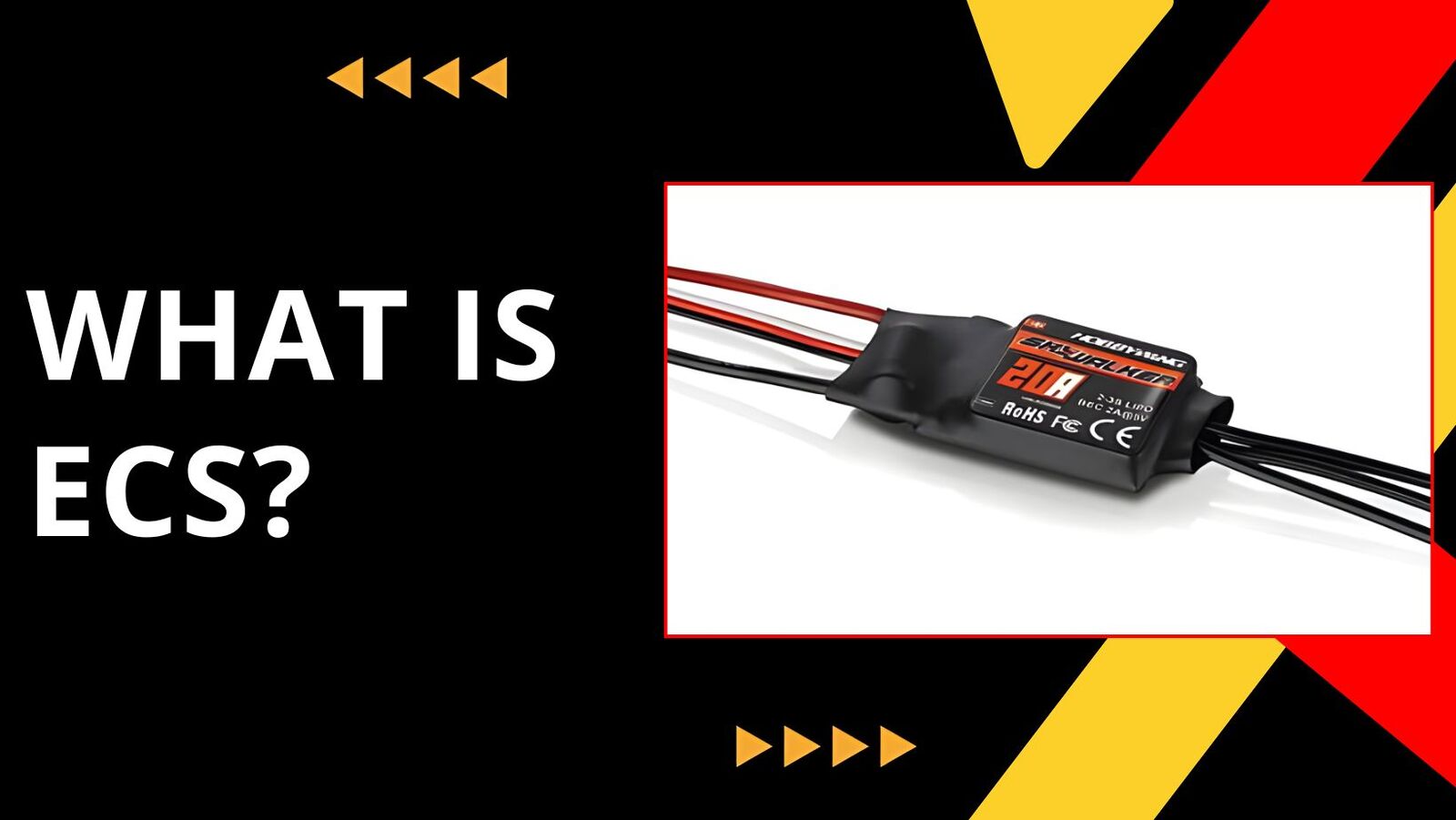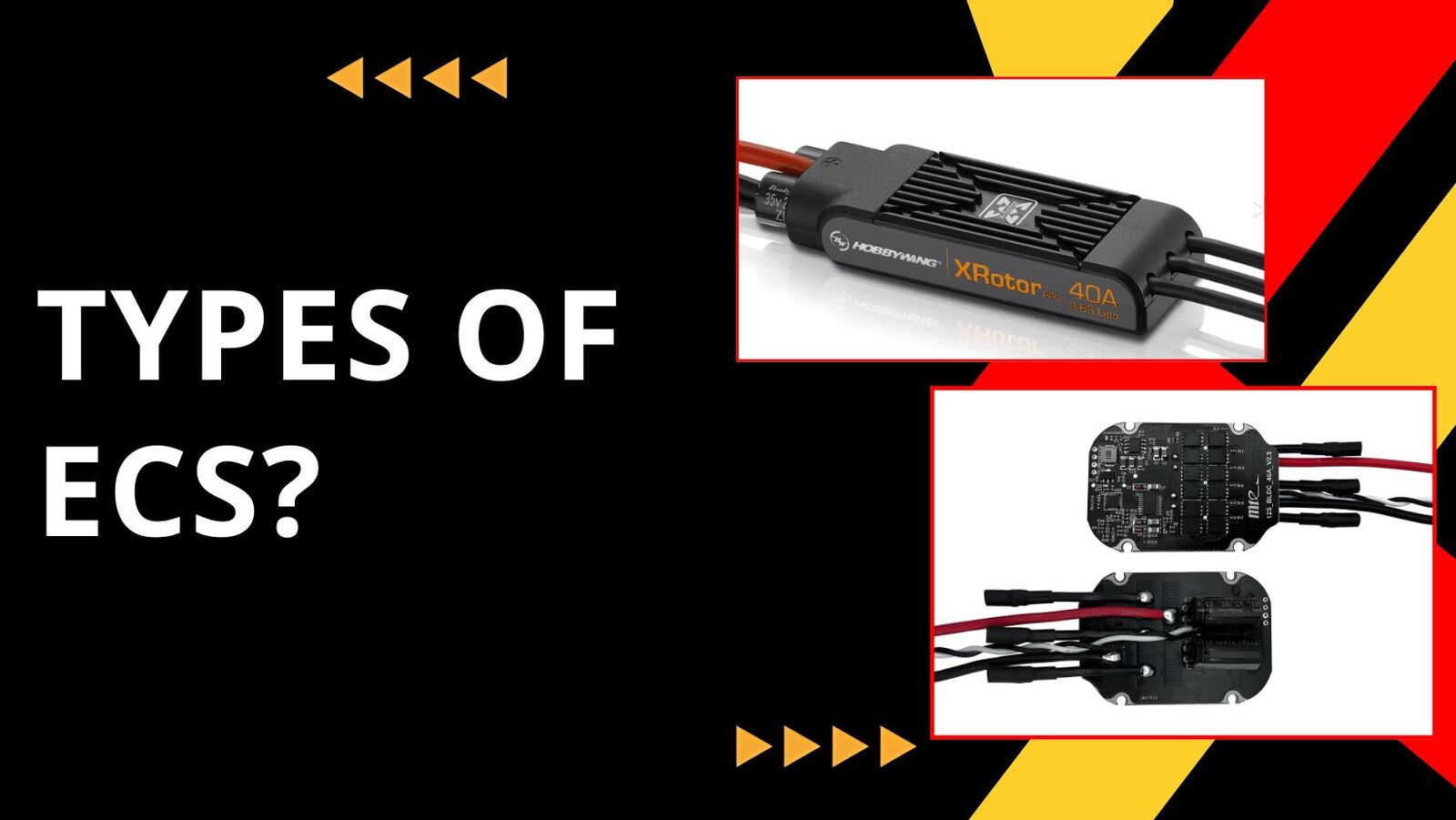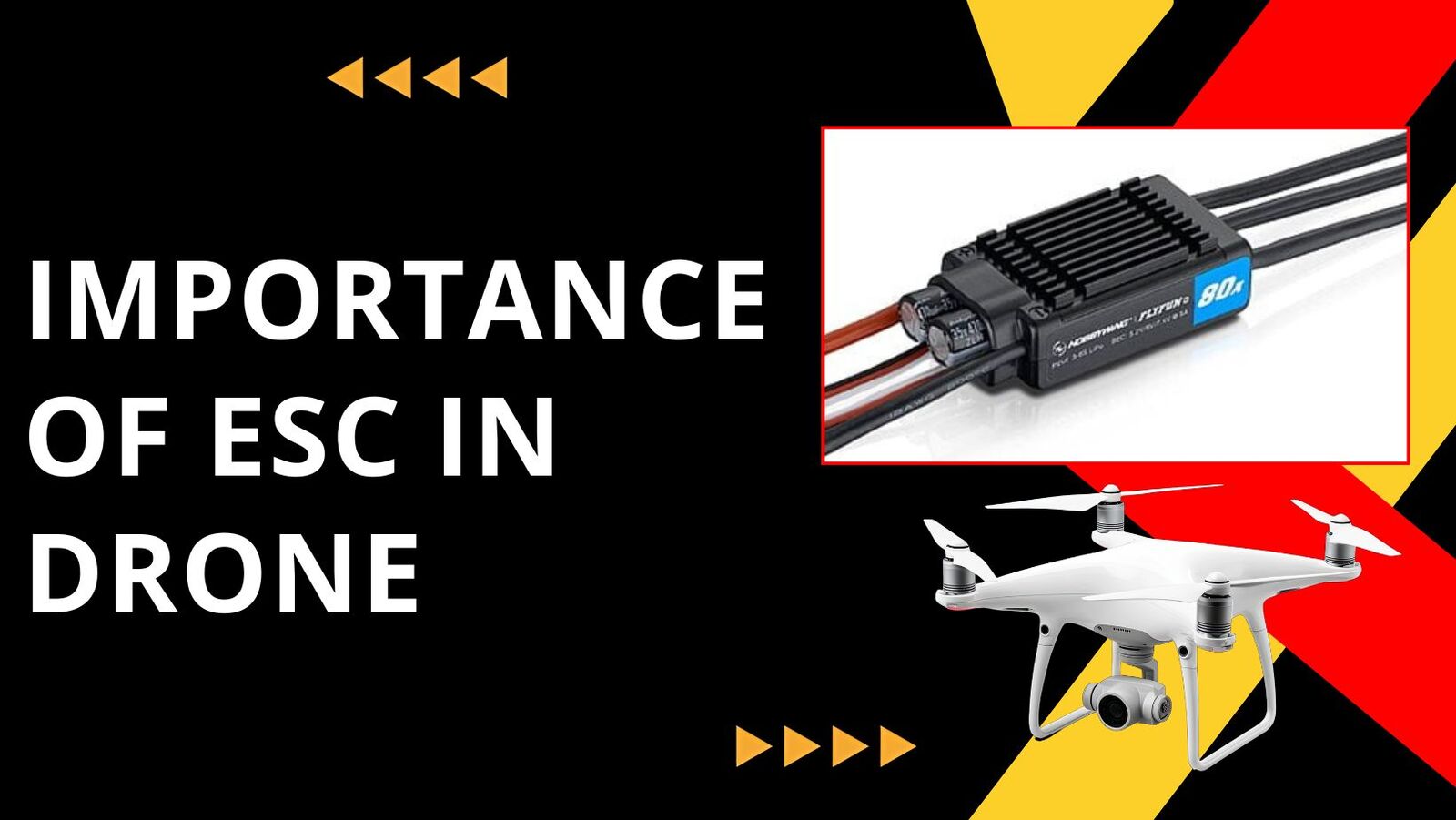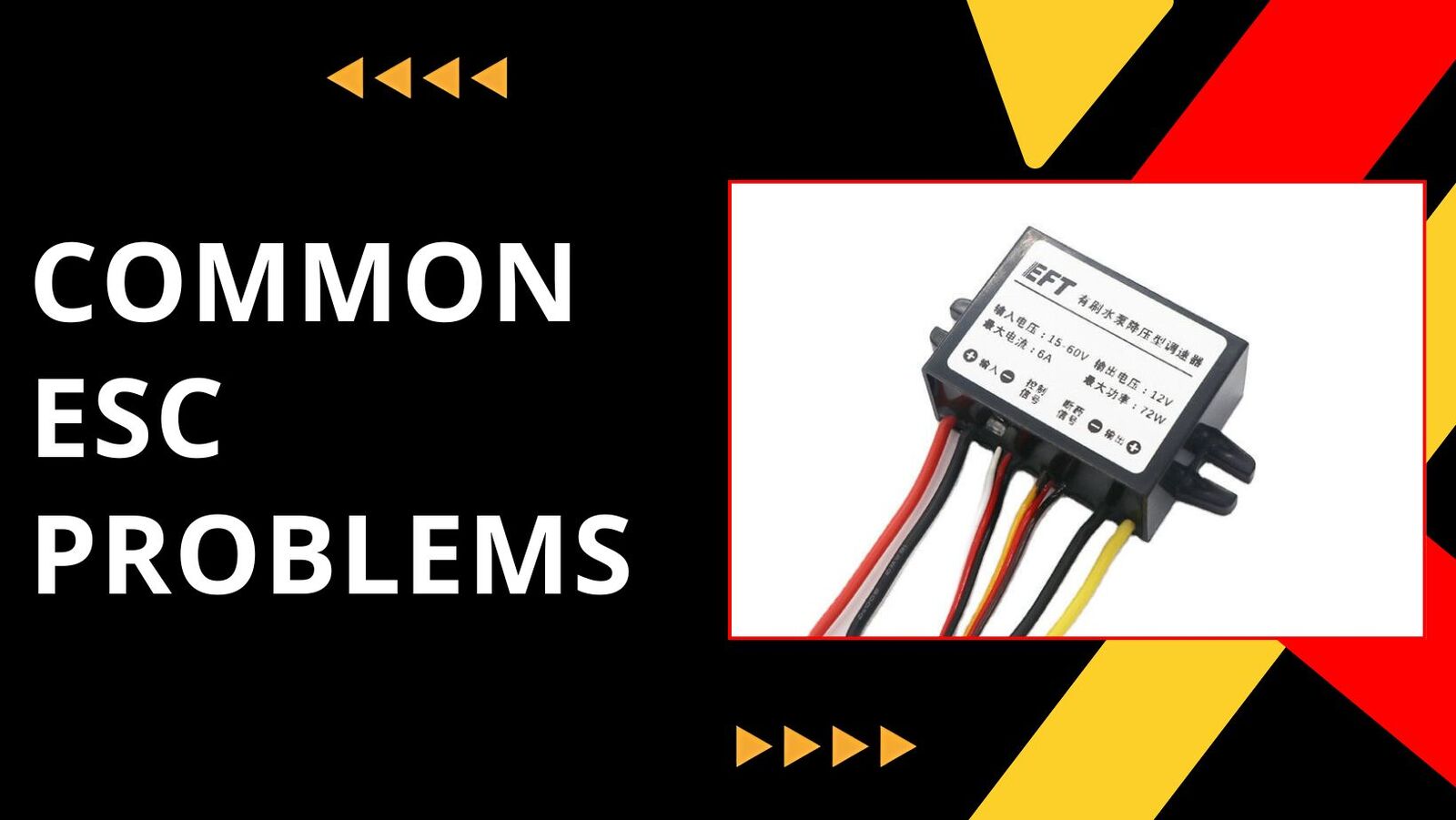Introduction:
Introduction:
Every drone enthusiast knows that motors and propellers make a drone fly, but what controls the motors? That crucial component is the Electronic Speed Controller (ESC). Often overlooked, the ESC is the heart of a drone’s propulsion system. It regulates how fast each motor spins, directly influencing flight stability, maneuverability, and power efficiency.
Whether you’re building a DIY drone, tuning a racing quad, or maintaining an aerial photography platform, understanding the role of ESCs is vital for achieving smooth, responsive, and reliable flight performance.
1. What is an ESC?
1. What is an ESC?
An Electronic Speed Controller (ESC) is an electronic circuit that controls and regulates the speed of a drone’s brushless motors. It translates signals from the flight controller into precise voltage outputs that determine how fast each motor spins.
In simple terms, if the flight controller is the “brain” of the drone, then the ESCs are its “muscles.” They execute the controller’s commands instantly, adjusting motor speeds to maintain balance, direction, and altitude.
2. How ESCs Work
2. How ESCs Work
The ESC receives throttle input from the flight controller, which processes signals from the pilot’s transmitter. The ESC then converts this low-voltage signal into a three-phase current for the brushless DC motors.
Here’s the process step by step:
- Signal Reception:
The flight controller sends a PWM (Pulse Width Modulation) or DShot signal to the ESC, depending on the system used. - Signal Processing:
The ESC interprets the signal and calculates how much power should be delivered to the motor. - Current Conversion:
The ESC uses MOSFET transistors to switch electrical current between the motor’s coils, creating a rotating magnetic field that spins the motor. - Feedback and Adjustment:
Some advanced ESCs use telemetry and sensors to provide feedback to the flight controller for real-time optimization.
This entire process happens in milliseconds, enabling drones to react quickly to changing flight conditions.
3. Types of ESCs
3. Types of ESCs
Not all ESCs are the same. The right type depends on your drone’s size, motor type, and purpose. Let’s look at the common categories:
· Brushed ESCs
Used in smaller toy drones that run on brushed motors. They are simple, cheap, and easy to replace. However, they’re less efficient and have shorter lifespans.
· Brushless ESCs
Used in most modern drones, these work with brushless motors and offer higher efficiency, reliability, and power handling.
· BLHeli / SimonK / KISS ESCs
These are firmware-based ESCs for brushless motors, optimized for performance and customization:
a. BLHeli: Popular for racing drones, offering fast response and tuning flexibility.
b. SimonK: Older firmware, once common in early quadcopters.
c. KISS: Known for smooth flight performance and easy configuration.
· Opto ESCs
Opto-isolated ESCs lack a built-in BEC (Battery Eliminator Circuit). They require a separate power source for the flight controller but offer cleaner electrical signals, ideal for sensitive systems.
· ESCs with BEC
4. Key Features to Look For in a Good ESC:
4. Key Features to Look For in a Good ESC:
When choosing an ESC for your drone, here are the most important features to consider:
- Current Rating (Amperage)
The ESC must handle the maximum current your motor draws, with at least 20% headroom. For example, if your motor draws 25A, use a 30A ESC. - Voltage Compatibility
Match the ESC voltage range with your battery’s voltage (e.g., 3S, 4S, 6S LiPo). - Firmware Support
Choose ESCs that support modern firmware like BLHeli_S or BLHeli_32 for better responsiveness and features. - Communication Protocol
Newer digital protocols like DShot, ProShot, and Multishot are faster and more accurate than traditional PWM signals. - Telemetry Capability
Advanced ESCs can send real-time data such as RPM, voltage, and temperature back to the flight controller — helping with diagnostics and tuning. - Cooling & Build Quality
ESCs with heat sinks or conformal coating perform better under heavy loads and in harsh weather conditions.
5. Importance of ESC in Drone Performance:
5. Importance of ESC in Drone Performance:
The ESC plays a massive role in determining how well your drone performs. Here’s how:
· Smooth Flight and Stability
ESCs manage motor speed changes, ensuring each rotor adjusts instantly for balance. A high-quality ESC helps eliminate vibrations and jerky movements.
· Efficiency and Power Management
An efficient ESC uses power wisely, extending battery life while maintaining consistent thrust.
· Throttle Response
Fast ESCs enable quick acceleration and precise control, which is essential for racing and freestyle drones.
· Heat Management
Good ESCs handle heat efficiently, preventing overheating that can cause power loss or component failure.
· Reliability and Safety
A stable ESC ensures predictable behavior, reducing the risk of sudden motor cutoffs or mid-air instability.
· Customization for Performance
Tuning ESC firmware allows pilots to adjust motor timing, braking, and response curves for different flight styles.6. ESC Placement and Wiring in Drones
In most drones, ESCs are either:
- Mounted on the arms (for cooling and accessibility), or
- Integrated on a 4-in-1 ESC board placed within the frame for compact builds.
Each setup has pros and cons:
- Arm-mounted ESCs: Better cooling, easy maintenance, but more exposed.
- 4-in-1 ESCs: Clean wiring, lighter setup, but more difficult to replace if one ESC fails.
7. Common ESC Problems and Troubleshooting
Even high-quality ESCs can face issues due to misuse or wear. Some common problems include:
- Motor Not Spinning – Check connections, calibrate ESCs, and ensure the correct firmware is installed.
- Overheating – Caused by overloading or poor cooling. Use ESCs with higher amp ratings.
- Desync Issues – When the ESC fails to keep up with the motor, resulting in jittering. Update firmware or adjust motor timing.
- Power Loss Mid-Flight – Check for loose power cables, battery issues, or insufficient current rating.
Routine inspection and firmware updates can prevent most of these issues.
8. Future of ESC Technology
8. Future of ESC Technology
The evolution of ESCs continues to shape the future of UAVs. Modern trends include:
- 32-bit ESCs: Offering higher processing speed and better precision.
- Active braking (Damped Light): Improves control during rapid deceleration.
- Integrated telemetry: Enables smarter, data-driven flight control.
- AI-based motor tuning: Automatically adjusts ESC settings for optimal performance.
Conclusion:
Conclusion:
In the world of drones, Electronic Speed Controllers (ESCs) may be small in size but hold immense power over flight performance. They ensure precise control, efficient power use, and stable flight, all essential for drones to perform flawlessly in the sky.
When choosing an ESC, always consider your drone type, power system, and flight goals. A well-matched ESC not only enhances flight quality but also protects other components from damage.
For anyone serious about drone building or performance tuning, mastering the role of the ESC is a key step toward achieving smooth, reliable, and responsive flight.




